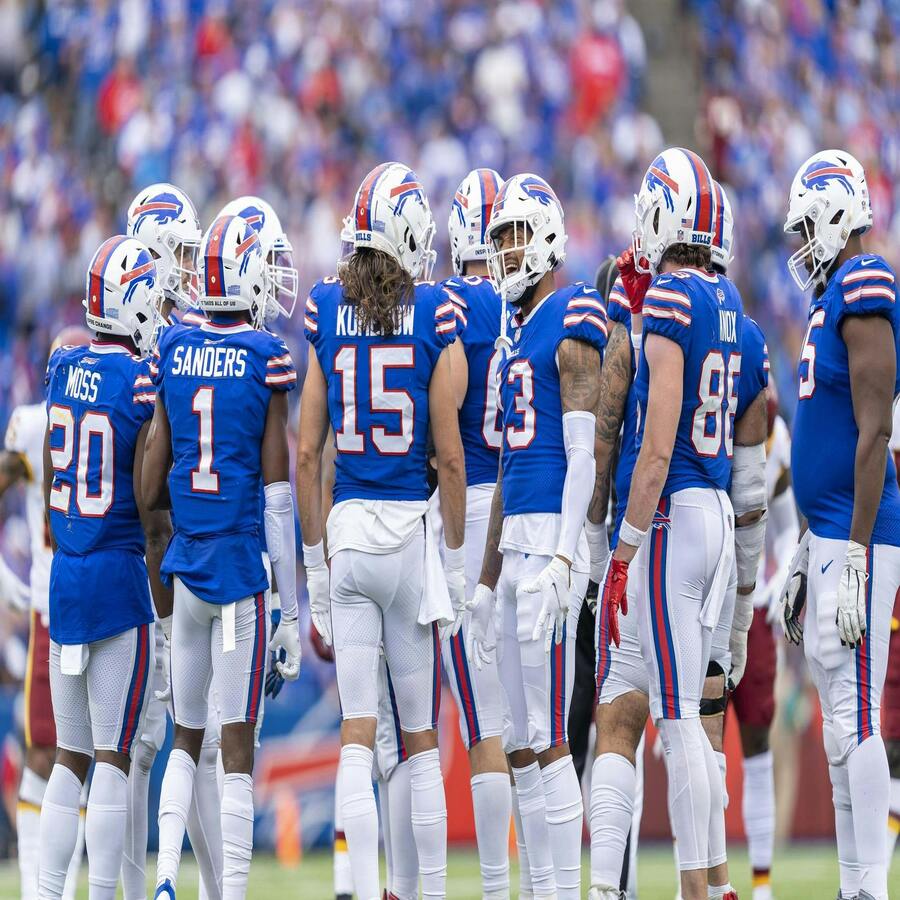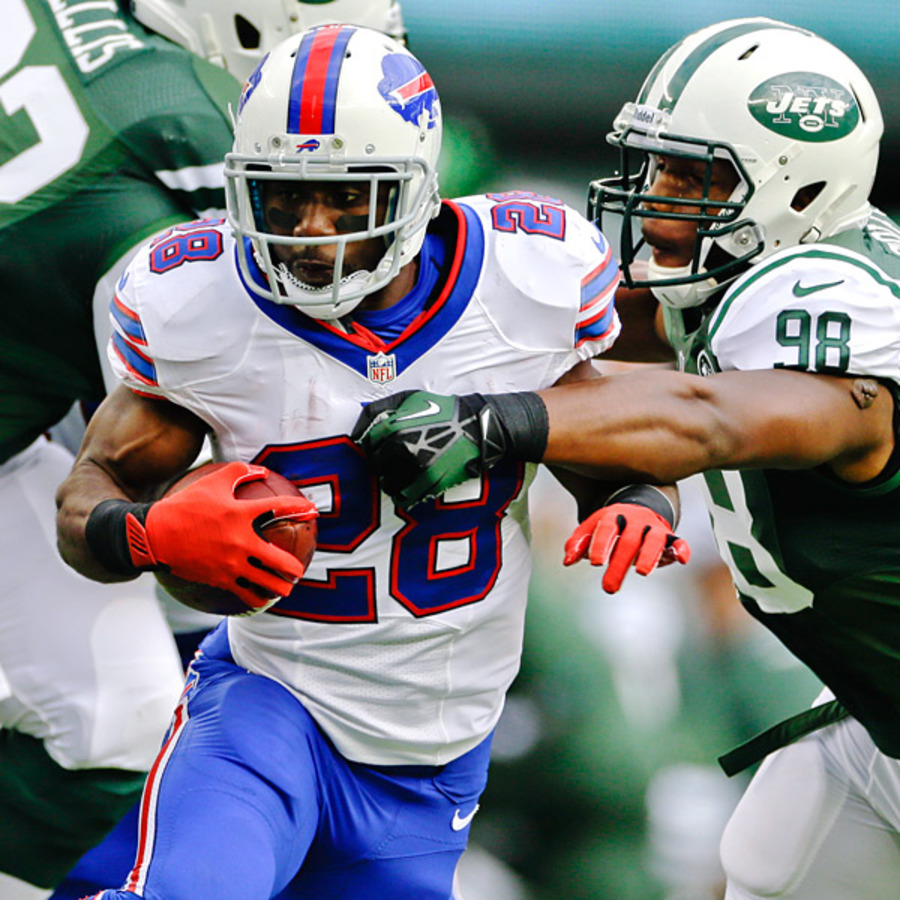I. The Basics of Rushing

A. Definition of Rushing in Football
In American football, rushing refers to the act of advancing the ball down the field by running. It involves the ball carrier, typically a running back, carrying the football from the line of scrimmage towards the opponent’s end zone. Rushing plays are an integral part of offensive strategies and contribute to the overall dynamics of the game.
B. Importance of Rushing in the Game
Rushing plays are crucial for a well-rounded and balanced offensive strategy in football. A successful rushing game can help control the tempo of the game, wear down the opposing defense, and create opportunities for passing plays. It also allows teams to maintain possession of the ball, manage the game clock, and impose physical dominance on the field.
C. Different Types of Running Plays
In football, there are various types of running plays designed to achieve specific objectives. These include power runs, sweeps, counters, draws, and stretch plays. Each running play involves different blocking schemes, timing, and positioning to exploit the defensive formations and create openings for the ball carrier to advance.
II. Key Players Involved
A. Role of the Running Back
The running back is the primary ball carrier in rushing plays. Known for their speed, agility, and ability to break tackles, running backs are tasked with finding running lanes, eluding defenders, and gaining significant yardage. Their versatility allows them to contribute not only in rushing but also as receivers and pass protectors.
B. Offensive Line’s Contribution
The offensive line plays a pivotal role in creating running lanes and providing protection for the running back. Through effective blocking techniques, such as pulling, trapping, and zone schemes, the offensive line opens up pathways for the running back to exploit. Their coordination, strength, and understanding of the defensive formations are vital in the success of rushing plays.
C. Impact of Quarterback’s Involvement
While quarterbacks are primarily known for their passing abilities, their involvement in the rushing game can be significant. Quarterbacks contribute through read-option plays, quarterback draws, and play-action fakes, keeping the defense guessing and adding an extra dimension to the rushing attack. Their decision-making and ball-handling skills can result in crucial gains on the ground.
III. Strategies and Techniques
A. Running Back Strategies for Effective Rushing
Running backs are tasked with carrying the ball and gaining yardage on the ground. To be effective, they must possess the ability to read blocks, find running lanes, and make decisive cuts to evade defenders. Strategies such as following blocks, utilizing patience, and understanding defensive schemes are crucial for running backs to maximize their yardage gains.
B. Blocking Techniques for the Offensive Line
The offensive line plays a pivotal role in creating opportunities for yardage gains. Solid blocking techniques, such as drive blocking, zone blocking, and pass protection, are essential for providing running backs and quarterbacks with the necessary space and time to make plays. Effective communication, coordination, and leverage are also key components of successful blocking strategies.
C. Read Options and Play Action for Quarterbacks
Quarterbacks play a dual role in the game, as they must be able to both throw the ball effectively and contribute to yardage gains through their decision-making. Read options and play action plays are valuable tools that quarterbacks can use to keep defenses off balance and create opportunities for big gains. By reading the defense and making quick, accurate decisions, quarterbacks can significantly impact yardage gains for their team.
IV. The Art of Yardage Gains
A. Utilizing Speed and Agility
Speed and agility are essential attributes for gaining yardage in football. Players who possess the ability to accelerate quickly, change direction fluidly, and outrun defenders have a significant advantage in creating big plays on the field. Developments in sports science and training techniques have allowed athletes to enhance their speed and agility, further contributing to their yardage gains.
B. Breaking Tackles and Evading Defenders
Inevitably, players will encounter defenders who attempt to stop their progress and prevent yardage gains. The ability to break tackles and evade defenders is a critical skill for achieving success on the field. Techniques such as stiff arms, spin moves, jukes, and balance through contact all contribute to a player’s capability to overcome defensive resistance and continue advancing the ball.
C. Vision and Decision Making on the Field

Finally, vision and decision-making are essential for maximizing yardage gains. Players must be able to survey the field, identify opportunities, and quickly react to the movements of the defense. Whether it’s a running back reading blocks, a quarterback scanning the field for open receivers, or a wide receiver finding running lanes after the catch, vision and decision-making are integral to the art of yardage gains.
V. Factors Affecting Successful Rushing
A. Field Conditions and Weather
The condition of the football field plays a significant role in the success of rushing. A well-maintained field provides a better surface for running backs to make cuts and changes in direction, while a muddy or uneven field can slow them down and make it difficult to gain yardage. Additionally, adverse weather conditions such as rain, snow, or strong winds can also impact the effectiveness of rushing. Running backs may struggle to find their footing on a wet field, or strong winds may make it challenging to execute running plays effectively.
Coaches and players need to adapt their strategies based on the field conditions and weather. They may need to rely more on passing plays if the field is not conducive to rushing, or they may need to adjust their footwork and tactics to accommodate the adverse weather. Ultimately, field conditions and weather can have a significant impact on the success of rushing in a football game.
B. Defensive Formations and Tactics
The defensive formations and tactics employed by the opposing team can also affect the success of rushing. A strong and well-coordinated defensive line can make it difficult for running backs to find gaps and make significant gains. Linebackers and safeties may also read the running plays effectively and make tackles before the running back can gain momentum.
In response, offensive teams need to devise strategies to counter the defensive formations and tactics they face. This may involve making quick adjustments to running routes, utilizing misdirection plays, or relying on strong blocking from the offensive line to create openings for the running back. The ability to adapt to the defensive strategies and make in-game adjustments is crucial for the success of rushing in football.
C. Importance of Team Cohesion and Communication
Finally, the success of rushing in football is greatly influenced by the cohesion and communication within the offensive team. Running plays require precise coordination between the quarterback, offensive line, and running back. Without effective communication and understanding of each player’s role, running plays may break down, and the team may struggle to move the ball on the ground.
Team cohesion is also essential for establishing a strong running game. Players need to trust and support each other, work cohesively to execute running plays effectively. This includes not only the players directly involved in the rushing game but also the receivers and tight ends who contribute to blocking downfield. Strong team cohesion and communication are essential for creating and capitalizing on rushing opportunities in a football game.



